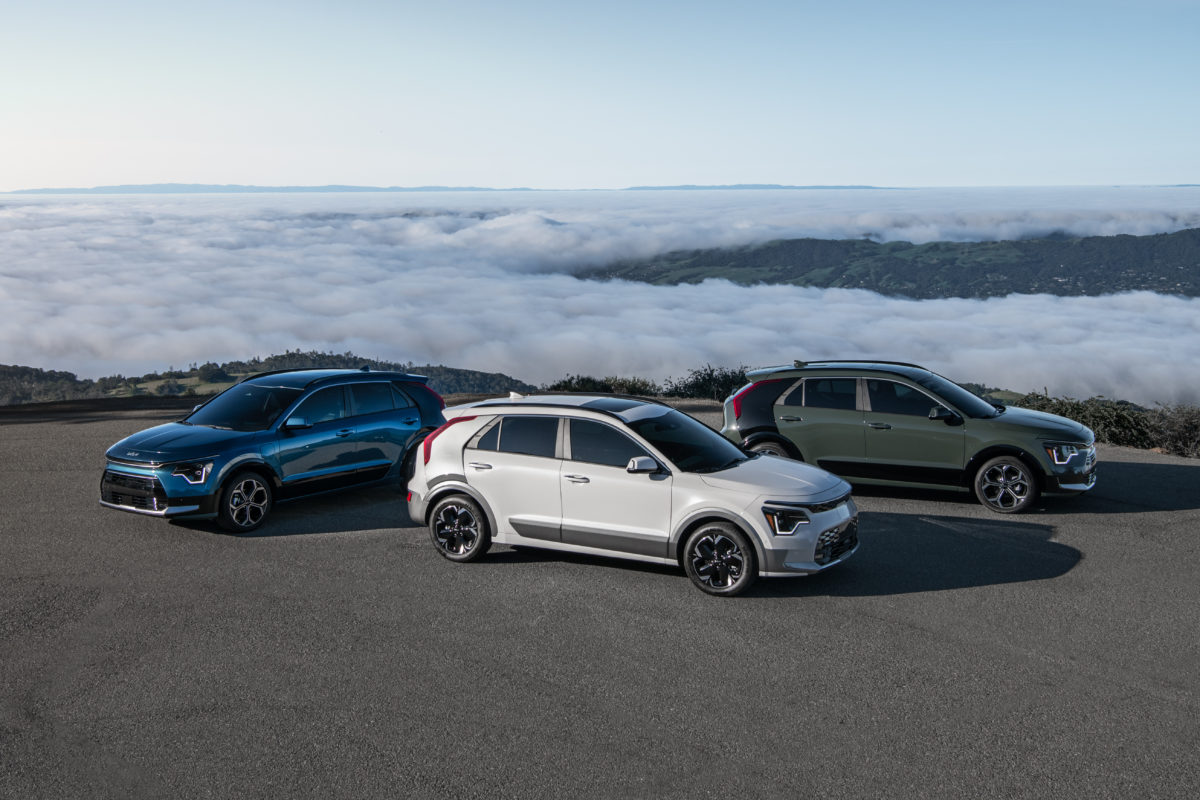Kia has revealed it will be constructing a plant specifically for building purpose-built vehicles (PBVs). The company claims it will be a smart manufacturing plant located within the Hwaseong facility in Korea.
Construction is scheduled to start in 2023 with commercial production beginning in the second half of 2025. Kia says this new plant will have a capacity of 100,000 units and can be increased to 150,000 annually as the PBV market grows.
Kia will build a plant specifically for purpose-built vehicles
“This dedicated PBV facility is one of the major pillars of our Plan S strategy as Kia seeks to claim the top position in the global PBV market,” said Ho Sung Song, president and CEO of Kia Corporation. “We will initially explore new markets with derivative PBV models, then gradually expand our presence in global markets with dedicated PBV models featuring autonomous driving technologies.”
Kia is already making headways in the PBV market since it’s an integral part of its electrification road map. It aims to be a leader in this segment by 2030 and will include autonomous driving technologies. The company already showed off its first PBV, the Niro Plus, based on the first-generation Niro EV but with a higher roof and nearly vertical liftgate. Kia previewed four of its PBVs with two sketches and one of them appears to have a LiDAR sensor on the roof, hinting at its autonomous driving capabilities. There are four different sizes including a tiny little pod that may serve as personal autonomous transport or for ride-sharing duties in the city.
As part of the announcement, Kia will also introduce its sustainable smart manufacturing ecosystem. Called the E-Forest, the whole infrastructure will be interconnected to emphasize economics and efficiency. The facility will leverage artificial intelligence, robotics, and information and communication technology to provide the best products. These components will then be harmonized so they function as one. Production processes like clean painting will be used to reduce the facility’s carbon footprint.
When production starts in 2025, the first PBV to roll out of the new production line will be a mid-size vehicle. It will utilize Kia’s upcoming eS platform developed specifically for PBVs of varying sizes. The first model is already under development with the project code SW. Following it, Kia will diversify into larger and autonomous micro-sized models, which will serve in general logistics roles, food delivery, and shuttles. Larger models can be used as mobile offices or shops. They’ll also be capable of over-the-air (OTA) updates, enabling them to receive software updates in real-time and cut ownership costs.
In total, Kia’s Plan S strategy will introduce a broad range of hybrids, plug-in hybrids, and battery-electric vehicles. The PBVs are part of that third batch and were originally announced over a year ago alongside the passenger vehicles, which use the Hyundai Motor Group’s E-GMP platform. Kia will continue using convergence architectures on certain models, which accommodate different levels of electrification. The Niro is among the first to offer a hybrid, plug-in hybrid, and battery-electric variants. Larger SUVs like the latest Sportage and Sorento offer only hybrid and plug-in hybrid options.
By 2030, Hyundai Motor Group, which includes Kia, aims to have a market share of 12% in the electric vehicle market.
